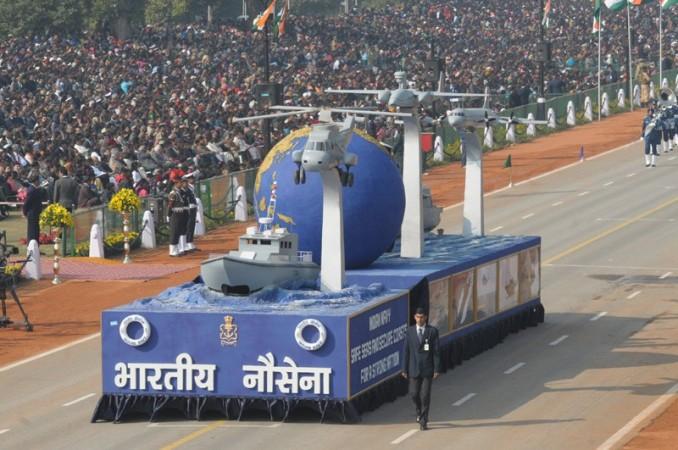
There is reason now for China and Pakistan to be sore with India as the latter is expected to test launch K-4, a submarine-launched ballistic missile (SLBM) from an underwater pontoon on January 31, 2017.
Read also: India to operationalise its nuclear triad with the commissioning of INS Arihant
The K-4 SLBM has a strike range of around 3,500km and is said to be weigh 17 tonne. The missile can carry warhead of two tonne and is powered by a solid rocket propellant. The K-4 has been compared with Agni-III in terms of range. Submarine-launched missiles are miniaturised to fit the nuclear missile silos.
This is not the first time India is testing the K-4 SLBM. Last year, in March, India tested the missile from depth of 30mts, with "roaring success," the New Indian Express reported.
The January-end test is expected to be fired from a depth of 20-30mts, though the missile is designed to be launched from depth of 50mts. The K-4 is a combination of cruise and ballistic missile. It uses multiple stage rockets to exit the atmosphere and re-enters in a parabolic trajectory.
India has already inducted an indigenously built nuclear submarine, INS Arihant that could eventually host the K-4s. Along with the K-4, an intermediate range missile, India is also developing a smaller, 700km missile, K-15 (B-05). India has also tested the K-15. Apart from the K-4, K-15, New Delhi is said to be working on K-5, a 5000km SLBM.
All the K-series of missiles will eventually make their way into India's Arihant-class submarines. The report also claimed that the K-series of missiles are faster, lighter and stealthier.
New Delhi's need to have effective defences against a nuclear Pakistan grew stronger with Pakistan's recent successful tests of Babur-3, its first submarine-launched cruise missile (SLCM), that was fired from an underwater platform. Babur-3 is said to have the capability to carry both nuclear and conventional warhead.
For India, it is paramount, strategically, to have credible minimum deterrence against a nuclear Pakistan and China. India also needs to have the capability of a second strike as India has voluntarily proclaimed a "No First Use" policy. India also has a good track record when it comes to nuclear proliferation and safeguards unlike Pakistan. New Delhi wants to march ahead and seal its status as a responsible nuclear-triad nation.








